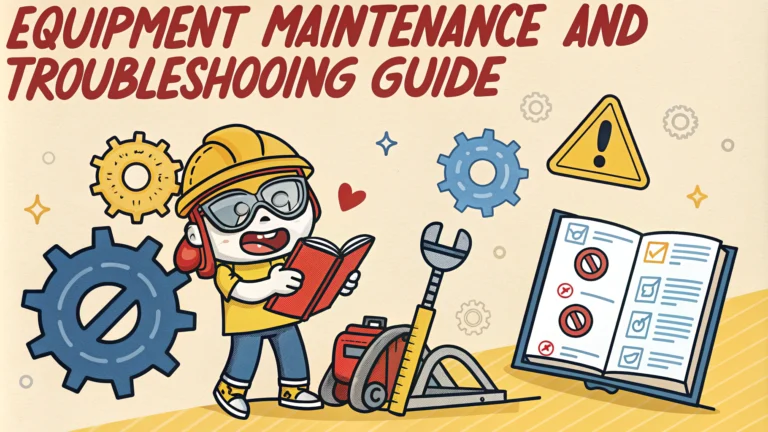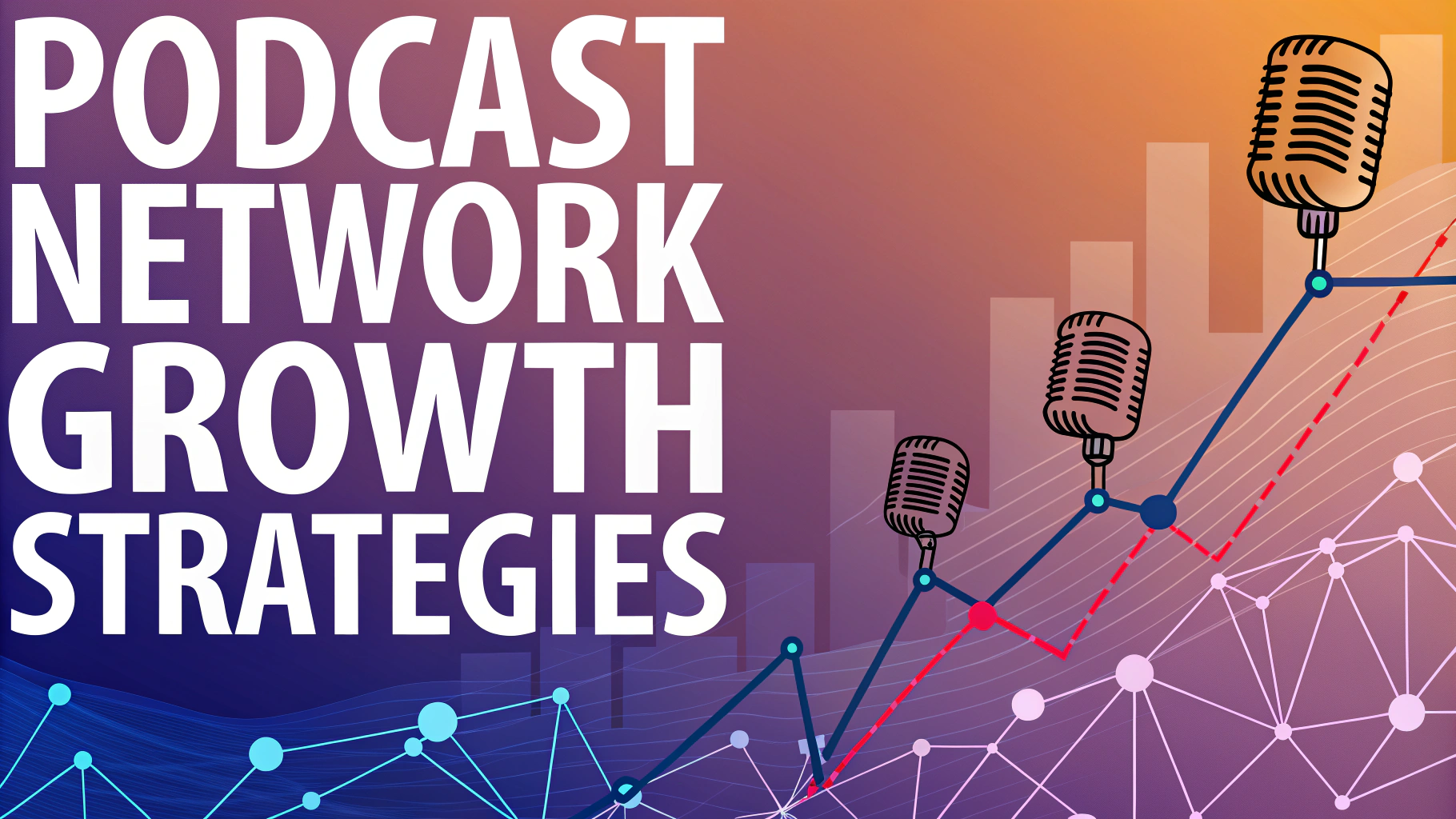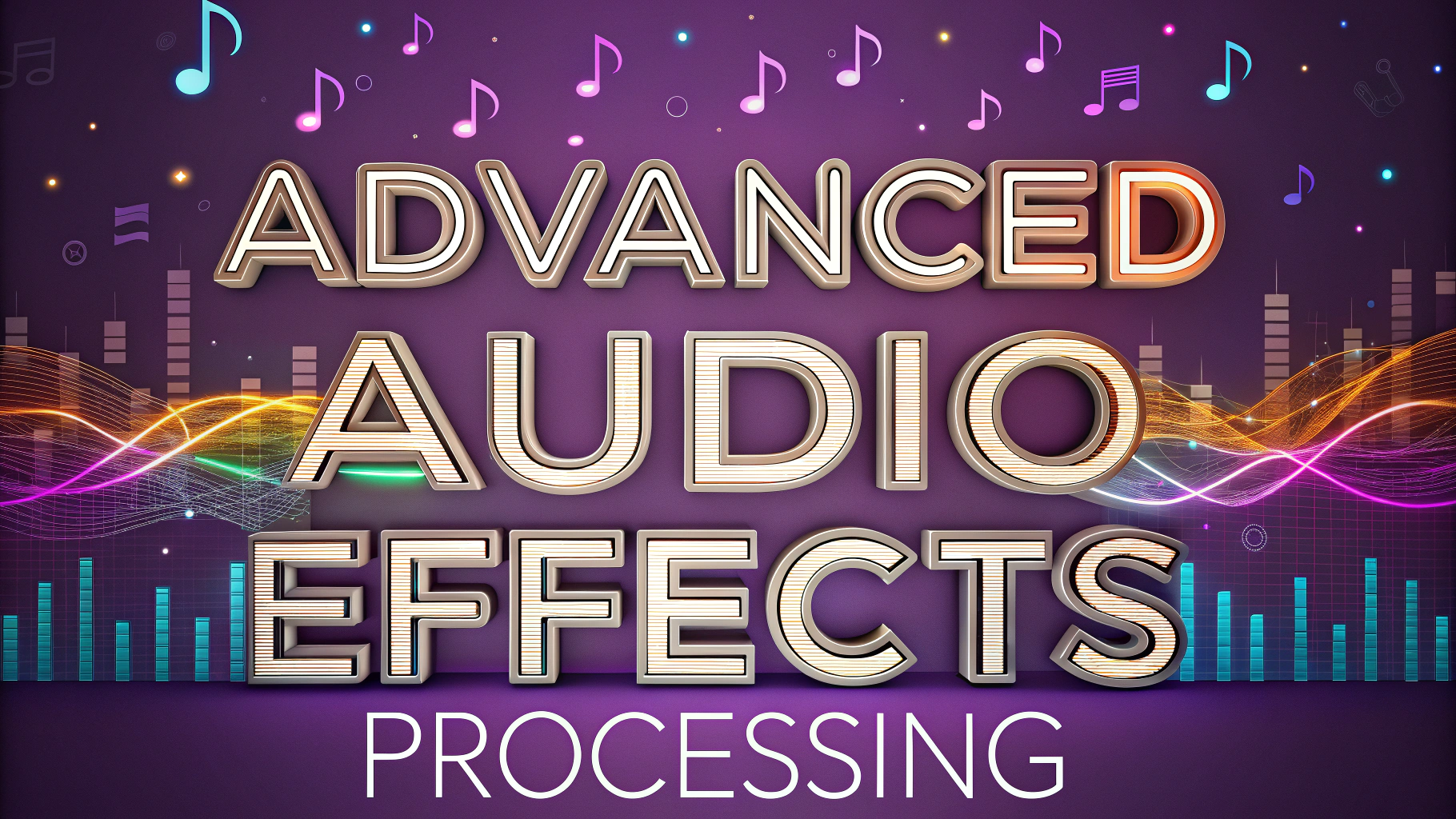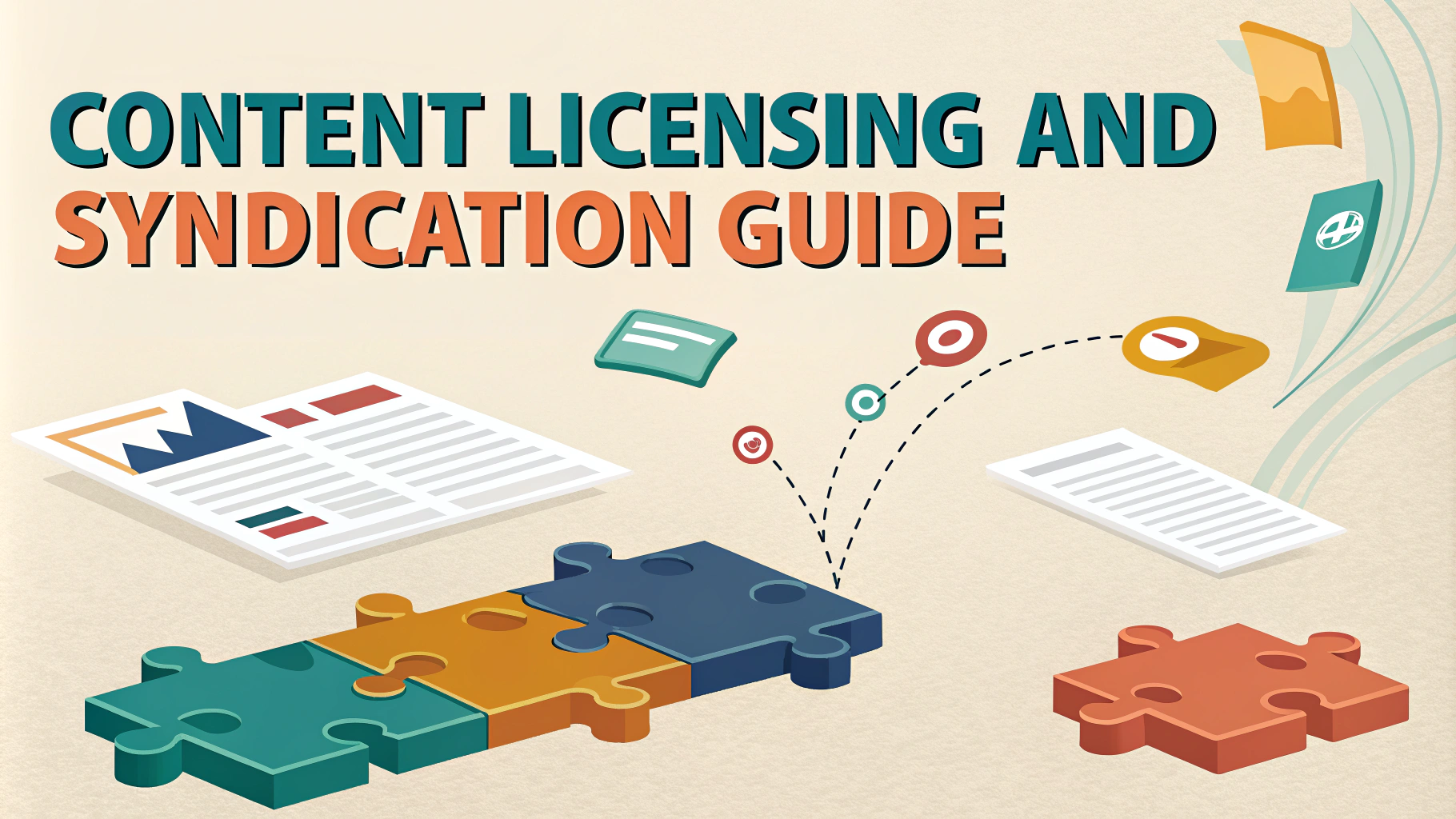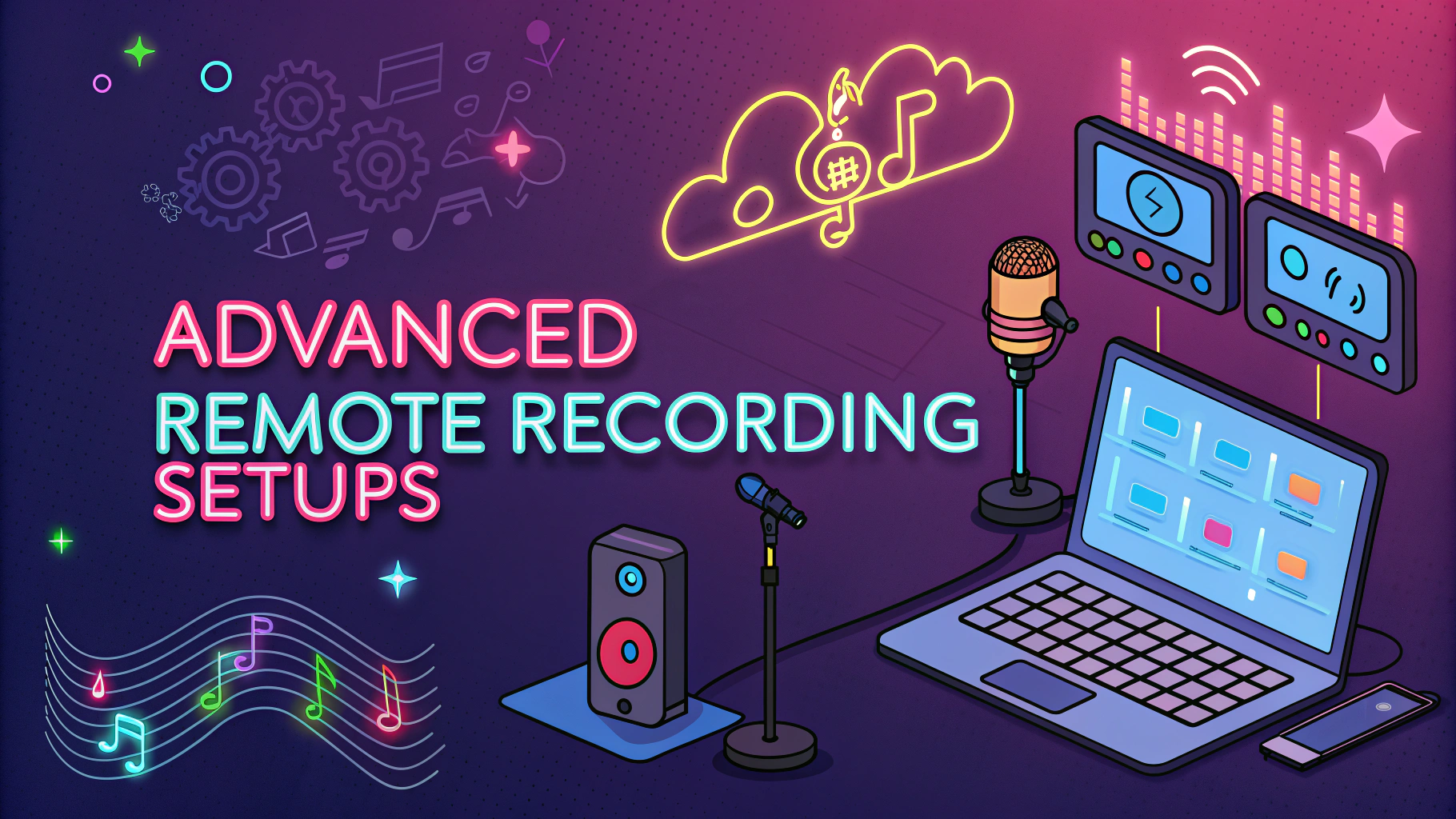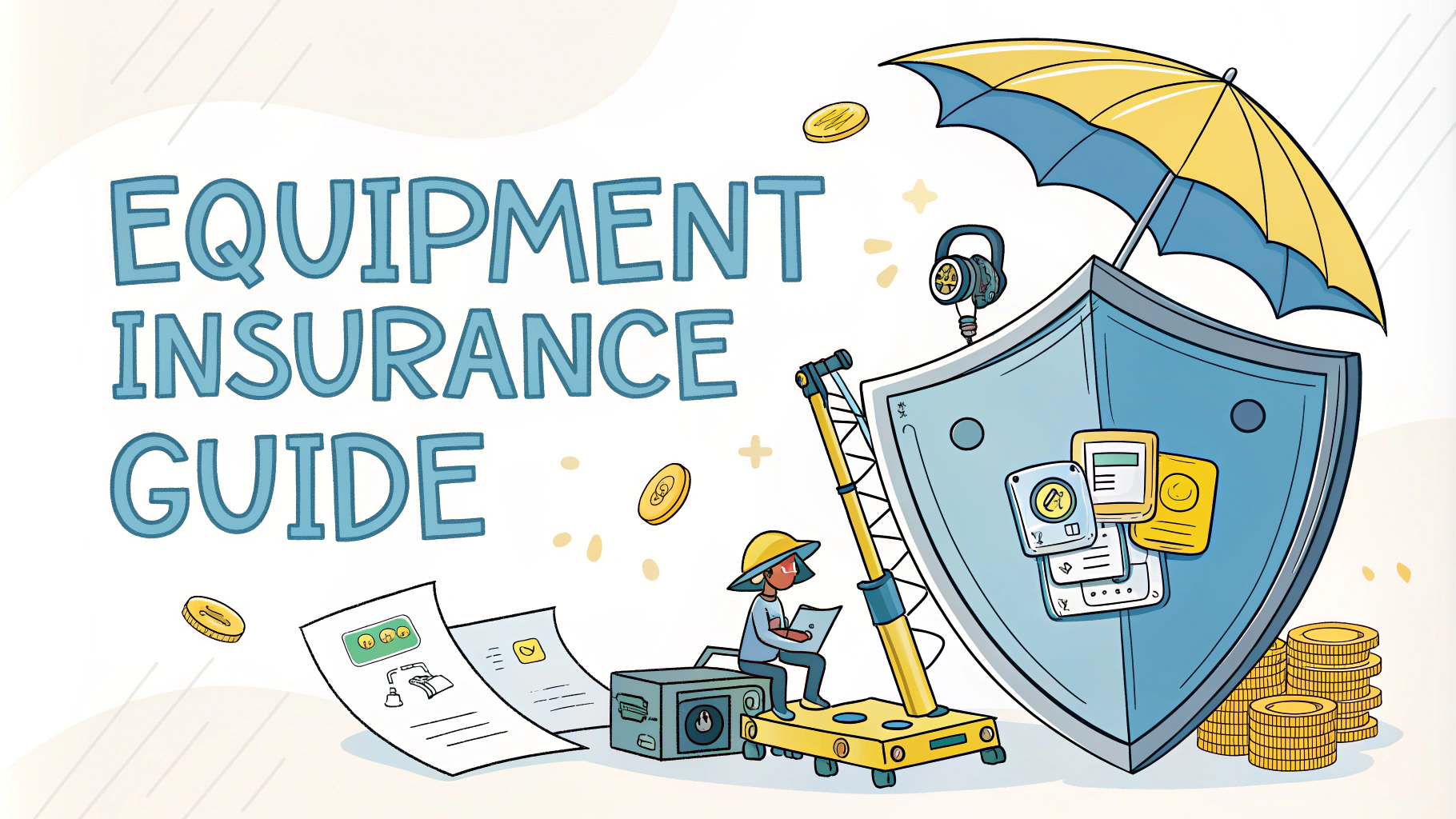Regular maintenance of podcasting equipment ensures consistent audio quality and helps avoid technical issues during recording sessions.
Understanding common problems and their solutions saves time and reduces stress when technical difficulties arise.
This equipment guide covers essential maintenance steps and troubleshooting techniques for microphones, audio interfaces, computers, and recording software.
Basic Equipment Maintenance
- Clean microphone grills and pop filters monthly with mild soap and water
- Check cables for wear and tear every 3-6 months
- Update audio interface firmware when available
- Keep recording space dust-free
- Store equipment in protective cases when not in use
Microphone Issues and Solutions
| Problem | Solution |
|---|---|
| No sound input | Check XLR/USB connections, verify input settings in OS |
| Static/crackling | Replace cables, check for interference sources |
| Distorted audio | Adjust gain levels, increase distance from mic |
Audio Interface Troubleshooting
- Check power supply connections
- Verify driver installation (Windows) or system preferences (Mac)
- Test different USB ports
- Reset interface to factory settings
Software Solutions
Keep recording software updated to the latest stable version.
- Clear software cache regularly
- Maintain at least 20% free hard drive space
- Use dedicated drives for recording
- Create backup recording settings
Preventive Maintenance Schedule
| Frequency | Task |
|---|---|
| Weekly | Test recordings, clean workspace |
| Monthly | Clean equipment, check connections |
| Quarterly | Software updates, deep cleaning |
Emergency Kit Essentials
- Spare XLR and USB cables
- Extra pop filter
- Backup microphone
- Portable audio recorder
- Basic tool kit (screwdrivers, pliers)
Professional Support
Contact these reliable resources for professional equipment repair:
- Sweetwater Technical Support: 1-800-222-4700
- B&H Photo Video Audio: 1-800-221-5743
- Shure Customer Service: 1-800-516-2525
Next Steps for Equipment Care
Document all maintenance activities and equipment issues in a dedicated log.
Schedule quarterly equipment checks with specific focus areas.
Build relationships with local audio equipment repair shops for emergency situations.
Advanced Maintenance Tips
- Use contact cleaner on audio jacks bi-annually
- Monitor CPU temperature during recording sessions
- Calibrate audio interface levels every six months
- Test backup systems monthly
- Keep firmware update history documented
Recording Environment Optimization
Temperature Control
- Maintain room temperature between 68-75°F (20-24°C)
- Keep humidity levels between 45-55%
- Use dehumidifiers in basement studios
Power Management
- Install surge protectors
- Use dedicated power circuits
- Consider UPS backup systems
Digital Asset Management
- Implement automated backup systems
- Archive projects on external drives
- Create file naming conventions
- Maintain project templates
Maximizing Equipment Longevity
Regular maintenance extends equipment life and ensures reliable performance. Document all procedures, keep detailed records, and create maintenance schedules. Build redundancy into critical systems and stay current with industry best practices.
Develop relationships with technical support resources and maintain emergency contact information. Consider professional insurance for valuable equipment and keep detailed inventory records with serial numbers and purchase dates.
Maintaining Professional Audio Excellence
Success in podcasting relies on consistent audio quality and reliable equipment performance. Implement these maintenance procedures as part of your regular workflow. Stay proactive with equipment care to prevent technical issues before they impact your production schedule.
Remember that preventive maintenance is always less costly and time-consuming than emergency repairs. Keep learning about new maintenance techniques and adapt your procedures as your setup evolves.
FAQs
- What are the essential maintenance checks for my podcast microphone?
Clean the microphone grille regularly, check cables for wear, test for crackling sounds, and store in a dry environment when not in use. - How often should I calibrate my audio interface?
Check levels and perform basic calibration monthly, or whenever you notice inconsistencies in recording quality. - What should I do if my microphone is picking up static or interference?
Check cable connections, move away from electronic devices, ensure proper grounding, and verify XLR/USB cables aren’t damaged. - How do I prevent audio clipping during recording?
Set proper gain levels, maintain appropriate mic distance, use a pop filter, and monitor input levels to stay below 0dB. - When should I replace my microphone’s shock mount?
Replace when elastic bands show signs of stretching, when mount becomes loose, or if you hear increased vibration noise in recordings. - What’s the best way to clean audio cables?
Use isopropyl alcohol on connectors, avoid liquid cleaners on cable bodies, and gently wipe with a dry cloth to remove dust. - How do I troubleshoot audio dropout issues?
Check buffer size settings, verify CPU usage isn’t maxed out, ensure sufficient hard drive space, and test different USB ports. - What maintenance does my digital audio workstation (DAW) need?
Regular software updates, clearing cache files, backing up project files, and defragmenting hard drives for optimal performance. - How can I prevent headphone wear and extend their lifespan?
Store in a cool, dry place, avoid cable strain, clean ear cushions regularly, and use proper coiling techniques for cables. - When should I update my audio interface drivers?
Update when experiencing compatibility issues, after operating system updates, or when manufacturers release bug fixes.
